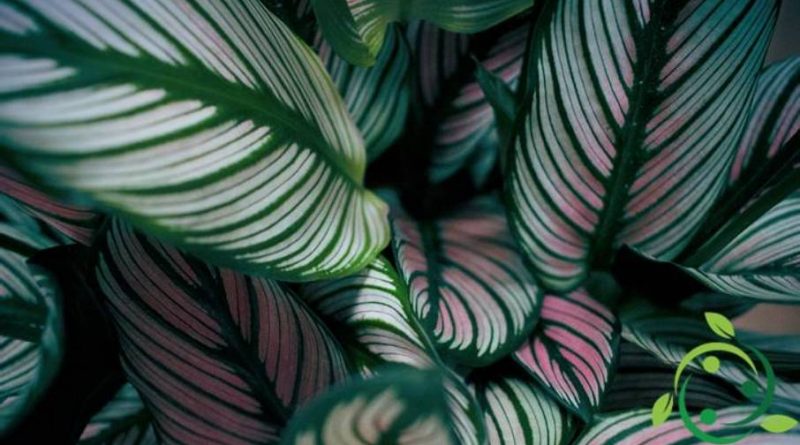How to cultivate the Calathea
How to cultivate the Calathea
The Calathea (G.Mey., 1818) is a genus of perennial herbaceous plants of the Marantaceae family, native to tropical America. This genus includes over 280 species of evergreen plants with rhizomatous or tuberous roots. The Calathea are plants, highly appreciated for the decorative aspect of its foliage, which can be grown in greenhouses, pots or terrariums, as they require warm, shaded environments with high humidity, with regular watering to keep the substratum they live on moist, with good fertilizer equipment especially in hot weather. In this sheet we will see how to cultivate the Calathea and the most suitable breeding and treatment techniques. They are plants characterized by a strong rhizomatous apparatus and a showy foliage consisting of large leaves, very decorative, which vary in shape and color, with a higher page almost always more colors, variegated or streaked and lower page almost always violet-brown. In conditions of good cultivation, in spring, the Calathea produces stalks at the top of which lead the inflorescences to spikes composed of small flowers of white, yellow or orange.
For the choice of the area where to grow it, it is necessary to identify a luminous position but not in direct sunlight; moreover it is a plant that does not tolerate cold and drafts.
The substrate should be soft, loose and with good drainage. Regular irrigation is also important; this must be done by the vegetative growth of early spring until the end of summer; in winter, just make sure that the substrate is always kept moist.
In the fertilization of this plant, even if it is necessary frequently, it must not be exceeded with nitric nitrogen which induces excessive vegetation but weakens the plant which is more easily subjected to cochineals and spiders. You can use liquid fertilizers for houseplants, to be administered every two to three weeks in the hot period, supplementing with products with higher potassium content.
For the reproduction of the Calathea we must wait for the spring period through the division of the rhizomes. To do this you must gently extract the plant from the pot, dividing the rhizomes (the root parts) into several parts and making sure that each portion must have at least 3 well-developed leaves and roots. Each portion is then transplanted into pots where a new substrate has been created with the same characteristics as the vase of the mother plant. These pots should be placed in particularly shady and humid areas until the young seedlings will emit new leaves.
Adult plants should instead be repotted, again in spring, every 2-3 years or if you notice that the roots come out of the water drainage holes; this operation must be carried out paying attention not to break the bread of earth that surrounds the roots. As usual, prepare the new substrate with the same characteristics.
The Calathea plant is susceptible to the attacks of mealy cochineals, which leave waxy and dusty deposits similar to flour, and of the red spider that forms clearly visible spider webs. In this case it is possible to intervene with sprays based on Marseille soap, and with the removal (by cutting with sharp and disinfected scissors) of the infested parts. For this reason you have to check the lower page of the leaves where these parasites are nested. Moreover, this plant is afraid of the cold (making sure that the temperature never falls below 18 ° C) showing this physiological suffering with leaves that have bleached areas that shrivel. Even the stagnations are dangerous presenting themselves with the symptoms of the leaves that fall with the stained and wrinkled edges. In opposite conditions (low environmental humidity or too few waterings) we will notice the margins and the tips of the dried leaves.

